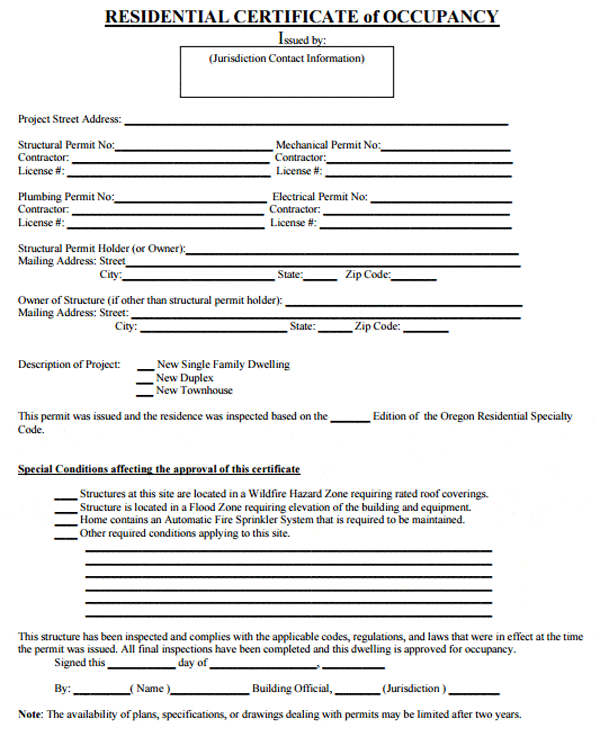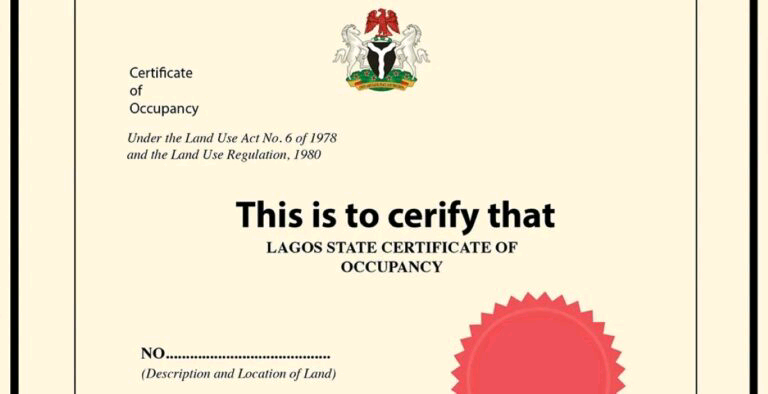1. Residential Certificate of Occupancy
A Residential Certificate of Occupancy is issued for properties intended to be used as homes. This type of C of O is critical for homeowners because it legally confirms their right to live on the land. It also ensures that the property meets all local building codes and safety regulations. With this certificate, the homeowner can also make improvements or modifications to the property, as long as they comply with local laws. Obtaining this C of O typically involves an inspection to ensure the home is safe and suitable for occupancy.
2. Agricultural Certificate of Occupancy
An Agricultural Certificate of Occupancy is granted for land designated for farming and agricultural activities. This includes growing crops, raising livestock, and other farming-related tasks. This C of O ensures that the land is used to support farm productivity and that the use complies with zoning laws and environmental regulations.
Farmers need this certificate to secure their investment and to access agricultural loans and subsidies. It also helps in preventing illegal encroachment and ensuring sustainable use of agricultural land.
3. Industrial Certificate of Occupancy
An Industrial Certificate of Occupancy is issued for properties used for industrial purposes such as factories, manufacturing plants, warehouses, and other heavy industries. This type of C of O ensures that the land is legally approved for industrial activities, which often involve higher levels of noise, pollution, and heavy machinery use.
Obtaining this certificate involves strict compliance with environmental, safety, and zoning regulations. It also reassures investors and business owners that their industrial activities are legally protected and that the site is suitable for such operations.
4. Family Certificate of Occupancy
A Family Certificate of Occupancy is typically issued for land that is collectively owned and used by members of a family. This type of C of O helps to prevent disputes among family members by clearly outlining ownership and usage rights.
It can cover residential land, agricultural land, or other types of property that are shared within the family. This certificate provides legal recognition of each family member’s stake in the property, ensuring that the land can be passed down through generations or used for family projects and developments.
5. Government Allocation
Government Allocation refers to the process by which the government allocates land for specific public uses such as schools, hospitals, roads, parks, and other public infrastructure. The C of O issued in these cases indicates that the land is reserved for public or governmental use.
This ensures that the land is protected from unauthorized use or encroachment. The certificate provides a legal basis for the development of public facilities and helps in urban planning and the provision of essential services to the community.
6. Global Certificate of Occupancy
A Global Certificate of Occupancy is a broad type of C of O that covers a large area of land, often issued to entire communities or large groups. This certificate provides a legal framework for the collective ownership and use of land, ensuring that all land within the specified area is recognized for a particular use, such as residential, agricultural, or commercial.
It simplifies the process of land management and development for large communities, providing a unified legal document that supports communal or large-scale projects. This type of C of O is important in areas undergoing development or urbanization, as it helps in planning and organizing land use effectively.
Each type of Certificate of Occupancy plays a vital role in land management, providing legal recognition and protection for various land uses. These certificates help to ensure that land is used appropriately and sustainably, supporting economic development and social stability.



